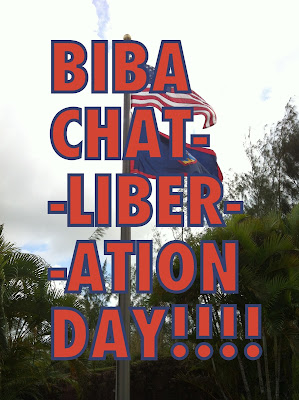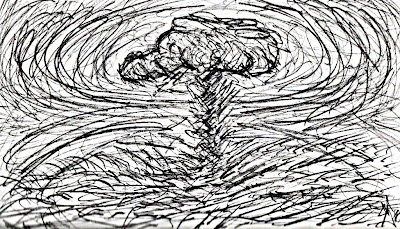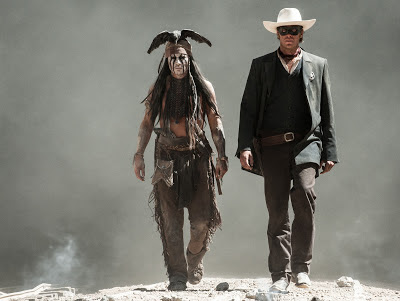Hamaleffa

This banner was used by fans during a soccer match between Japan and South Korea. It reads "There is no future for a race oblivious to history." It was meant to reference Japanese colonization and brutality in the Korean peninsula prior to and during World War II. Japan has struggled since World War II with its memory, often times opting to forget large chunks of their history in order to remake themselves and reimagine themselves and their history. Japan was once a nation of aggressors now it thinks of itself as a nation of victims. It was victimized by Western powers in the war, had two nuclear bombs dropped on it and today is forced to shoulder the humiliation of having so many US bases in their territory. This matrix of "humiliation" is helpful in keeping history at bay and preventing people from being reminded of it. Japan is often pointed to as being somehow unique in terms of its "minaleffa." In some ways the 180 degree turn that Japan did a






